The use of computers in archaeology is actually a very limited but a highly specialized niche. Therefore, it needs a special type of laptop to study the human behavior and dwellings of the past by using the best possible analytical methods.
Ideally, the laptop should have everything in it to meet with every need of theoretical computational archaeology successfully.
TOP PICKS:
In This Article
Minimum & Recommended System Requirements for Archaeology Students
All of the basic computing needs for archaeology students can be met with a laptop that comes with an Intel Core i5 processor as a bare minimum.
It should preferably belong to a higher generation and also have a decent base clock speed of about 2 GHz.
At least 8 GB of RAM and 256 GB of SSD or flash storage, a fairly strong integrated graphics chip, and a 12-inch screen are also required.
As and when you advance with your course in the following years, the computing needs will also differ and will also be complex.
To deal with these changes efficiently, you will need a laptop with a powerful and high-end processor, stronger dedicated graphics, and a higher amount of RAM and storage as mentioned below.
Follow the recommended system requirement list to have a fully functional laptop.
Minimum System Requirements: 11th Gen Intel Core i5-1135G7 | 16GB DDR4 SDRAM | 256GB PCIe NVMe M.2 SSD and 1TB HDD | Intel UHD Graphics | 13.5 inches screen | 1920 x 1080 pixels resolution.
Recommended System Requirements: 10th Generation Intel Core i7-1065G7 or better processor | 32GB DDR4 SDRAM or more | 1TB NVMe SSD and 1TB HDD or more storage | NVIDIA GeForce MX330 or better GPU | 17.3 inches screen or bigger screen | 2256 x 1504 pixels resolution or higher resolution.
5 Best Laptops for Archaeology Students:
1. HP Envy 17T – Best Overall
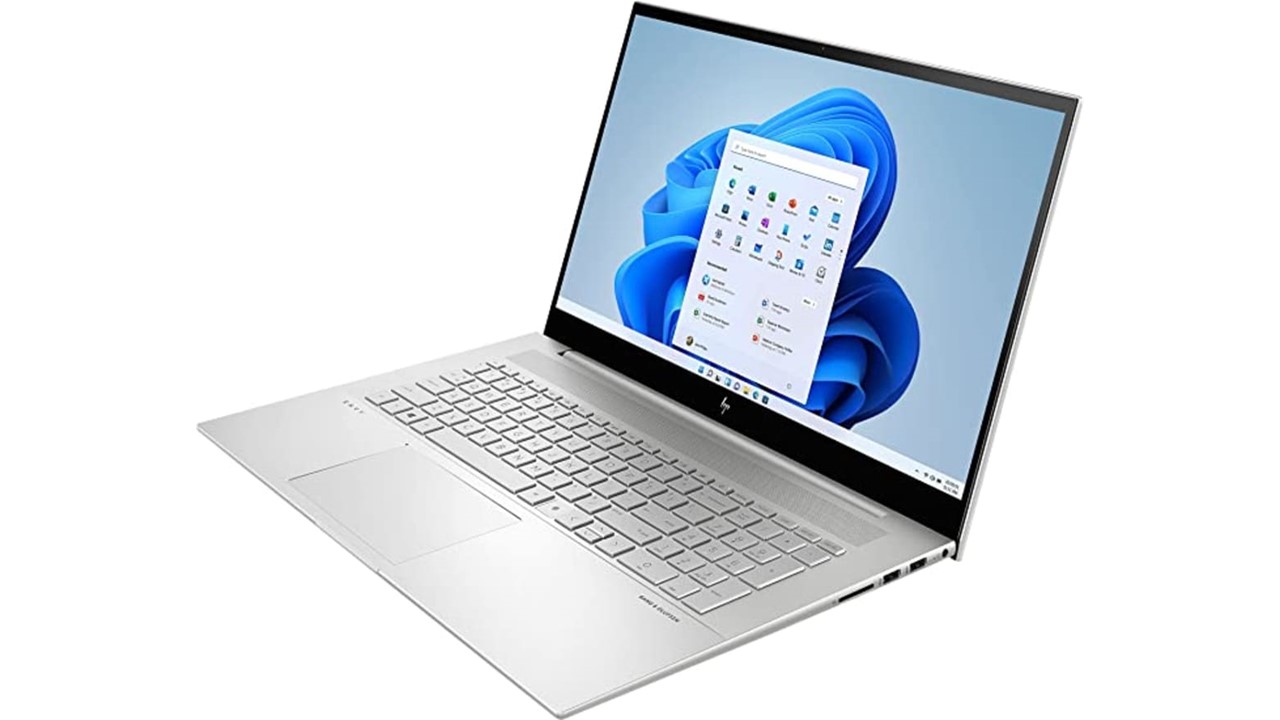
Bottom Line: This is one of the best laptops in this list that will offer the best overall performance with its high specs and features. The archaeology students will find it very easy to do the projects and assignments for its faster processor, a good screen with touch support as well as a full-size and durable keyboard.
Key Features
- Screen: 17.3 inches
- Storage: 1 TB HDD plus 256 GB NVMe SSD
- RAM: 16 GB DDR4 SDRAM
- Processor: 10th generation Intel Core i7 1065G7
- OS: Windows 10
- GPU: Nvidia GeForce MX 330
Pros
- The multitouch-enabled screen is very large and comes with a thin bezel all around.
- The separate number keypad allows easy data entry.
- The fingerprint reader ensures safer and faster login.
Cons
- Weighing more than 6 pounds, this device is pretty heavy.
- There is no DVD Writer in the system.
- There is no light indicator for the Number Lock.
This is another good laptop for the archaeology students to go for. Everything in this laptop seems to be great, right from the large screen to the Windows 10 operating system.
You will also have a Windows 10 Professional Activation Key along with a 3 Years McAfee Internet Security Key.
The Bang & Olufsen dual speakers produce good enough sound output with its dual speakers that are equipped with the unique HP Audio Boost technology.
The system typically consists of the latest 10th generation Intel Core i7 processor that comprises 4 cores, 8 MB L3 cache and operates at a base clock frequency ranging from 1.3 GHz and up to 3.9 GHz.
It provides adequate support to the dedicated 4 GB GDDR5 Nvidia GeForce graphics card to produce images with better color at a fast pace.
The DDR4 SDRAM comes with 3200 MHz bandwidth that allows smoother multitasking and the huge storage combo of HDD which operates at 7200 rpm and PCIe NVMe M.2 SSD expedites the performance of the laptop when used by the archaeology students.
The large, full HD, IPS display comes with very narrow bezels all around that provides 86% body to screen ratio and a wider viewing angle.
This multitouch enabled screen is WLED-backlit that saves a lot of energy.
The HP Wide Vision HD camera is of good quality and is safe to use due to its camera shutter. It comes with an integrated dual array of digital microphones.
The webcam kill switch on the keyboard and the fingerprint reader adds to the safety of the system and user privacy.
The system is also equipped with a precision touchpad, Intel wi-fi 6 AX 201 support, and Bluetooth 5 technology that supports Gigabit file transfer speeds.
As for the connectivity options there are lots of ports and slots including one USB 3.2 Gen 2 Type C port that supports 10 Gbps signal rate, HDMI 2.0, Power Delivery 3.0, DisplayPort 1.4, and HP Sleep and Charge.
The device also includes two USB 3.2 Gen 1 Type A ports that support 5 Gbps signal rate for data transfer only, one USB 3.2 Gen 1 Type A that also supports 5 Gbps signal rate and HP Sleep and Charge, one HDMI 2.0, one multi-format SD media card reader, and one headphone/microphone combo jack.
2. Lenovo Thinkpad X1 Carbon – Runner Up
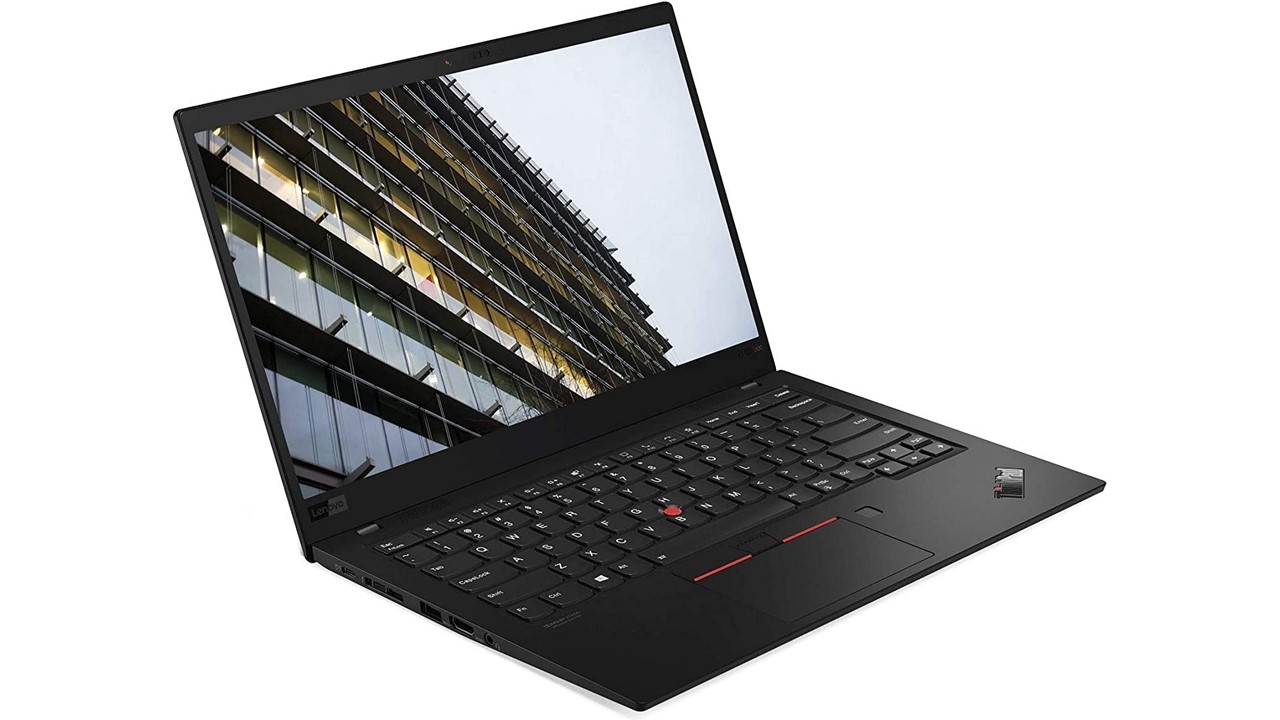
Bottom Line: This laptop is packed with decent specifications that help it to deliver very smooth performance to the students of archaeology. For its updated features and efficient processing capacity we have placed it in the runners-up position on our list.
Key Features:
- Screen: 14 inches
- Storage: 1TB NVMe SSD
- RAM: 16GB LPDDR4 SDRAM
- Processor: 11th Gen Intel Core i5-1135G7
- OS: Windows 11 Pro 64 Bit
- GPU: Intel Iris Xe Graphics
Pros
- Good display
- Fast processing capability
- Latest operating system
Cons
- The GPU section is weak
- Poor battery life
- Limited upgradability
The Lenovo Thinkpad X1 Carbon laptop is an excellent option for the students of archaeology.
This laptop is equipped with a powerful 11th-generation Intel Core i5 processor, which ensures smooth and efficient performance when running software for archaeological analysis and research.
It also has 16 GB RAM, providing fast and reliable memory storage for handling large data sets and running multiple applications simultaneously.
It features a 14-inch IPS display with a resolution of 1920×1200, providing a clear and detailed view of images and visual data.
This makes it easy for the students of archaeology to examine and analyze artifacts and archaeological sites with clarity and precision.
3. LG Gram 14Z90N – Long Battery Life
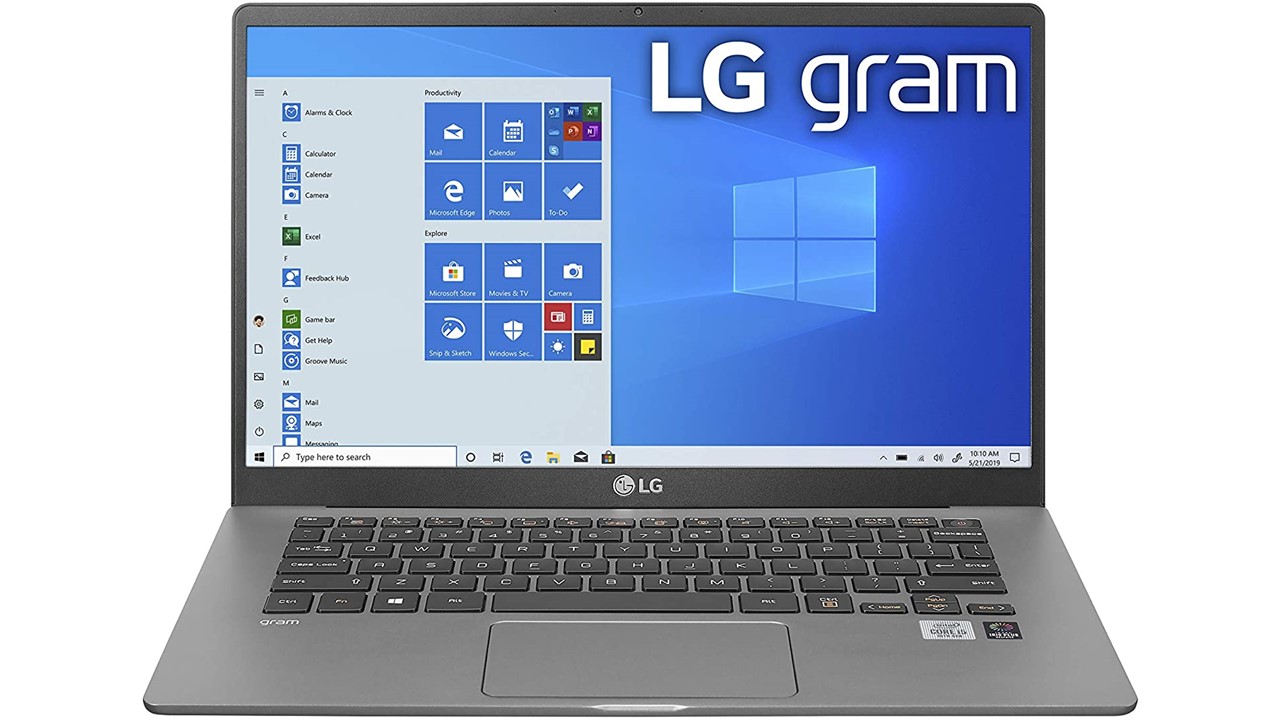
Bottom Line: The long battery life of this laptop is an added plus for the archaeology students which will help them to work on this laptop for long hours in college, at home, and anywhere in between. The battery is heavy-duty and has high power and ability to deliver a consistent performance all the time.
Key Features
- Screen: 14 inches
- Storage: 512 GB M.2 NVMe SSD
- RAM: 16 GB DDR4 SDRAM
- Processor: 10th generation Intel Core i7 1065G7
- OS: Windows 10 Home
- GPU: Integrated Iris Plus graphics
Pros
- The battery life of the device is exceptionally great.
- The thin bezel around the screen makes it look bigger.
- The keyboard is good to type on and the trackpad is very responsive.
Cons
- There is no optical drive in the system.
- The thermal management of the device needs some improvement.
- There is no distinct number keypad on the keyboard.
If you take a look at the specs of this laptop, you will know why this is one of the most recommended devices for archaeology students.
The 14-inch LCD screen comes with features like IPS technology, full HD resolution, and more, which ensures clearer and sharper images that can be viewed easily from any angle.
The 64-bit architecture of the Windows 10 Home operating system along with its new features makes LG Gram 14Z90N more useful to complete your tasks.
The 10th generation Intel Core i7 processor along with the Intel Iris Plus graphics assures that the performance of the laptop is consistently high.
The DDR4 RAM and the M.2 NVMe SSD storage also supports the performance of the device allowing smoother multitasking and faster boot up.
You can work on this laptop for all day on the field, thanks to its 72-watt-hour lithium-ion battery that comes with an extended life of up to 18.5 hours.
Quite naturally, this advanced, lightweight, and ultra-slim laptop has all the power to handle large sets of archaeological data allowing you to take it and use it anywhere.
You can use this system for your studies, work, for playing games, and even for designing and video editing.
The unit comes with a powerful Thunderbolt 3 connectivity which will support transferring data at a speed of up to 40 Gbps, charging the laptop, and displaying 5K videos smoothly, all at once.
This one single port ensures total versatility.
4. Acer Spin 5 – Value for Money
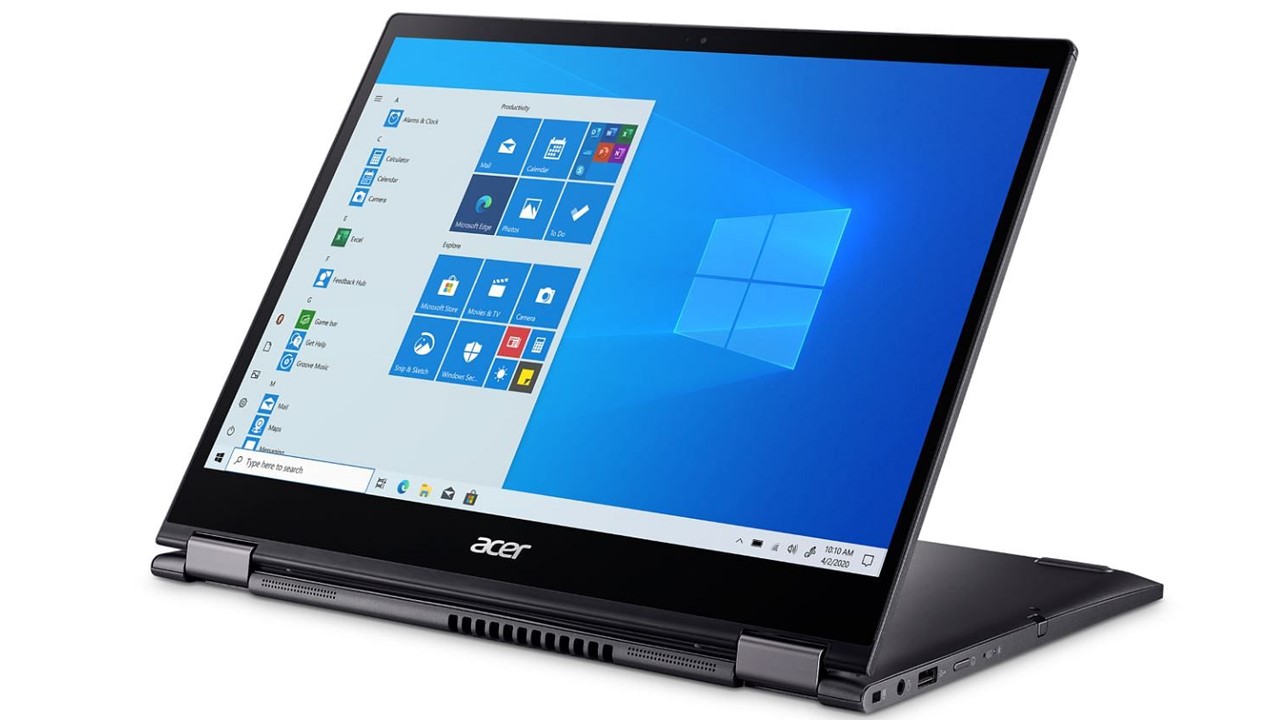
Bottom Line: All archaeology students who use this laptop for their studies can expect to have a higher value for money than the other devices mentioned in this list. The hardware components, the touchscreen with high resolution, the safety aspects, and its latest wi-fi 6 connectivity support, all adds to its utility.
Key Features
- Screen: 13.5 inches
- Storage: 512 GB PCIe NVMe SSD
- RAM: 16 GB LPDDR4X
- Processor: 10th generation Intel Core i7 1065G7
- OS: Windows 10 Home
- GPU: Integrated Intel Iris Plus Graphics
Pros
- The keyboard is backlit allowing easy typing in dark areas.
- The fingerprint reader allows safer and faster login.
- The touchscreen comes with a thin bezel.
Cons
- There is no optical drive in the device.
- The graphics card is integrated.
- There is no separate number keypad on the keyboard.
It is the 10th generation Intel Core i7 processor that makes this laptop a powerful device to produce the results at a faster pace.
Acer Spin 5 can operate at a speed of up to 3.9 GHz to ensure that the memory and the PCIe NVMe SSD storage of the system works to their fullest potential.
This ensures better multitasking by the archaeology students and faster boot up.
The 13.5-inch screen of the laptop comes with the latest technology and features to support 2K resolution of 2256 x 1504 pixels.
The widescreen IPS technology of this LED-backlit touch display ensures a wider viewing angle, larger real estate due to the thin bezel on its three sides, and energy savings while exhibiting the images at 3:2 aspect ratio.
The integrated Intel Iris Plus graphics chip, the Intel wireless wi-fi 6 AX201 networking of 802.11ax standard, the backlit keyboard that allows easy typing in the dark, the fingerprint reader that ensures safer and faster access, and a long battery life of up to 15 hours, all adds to the level of performance and user experience of the archaeology students.
As for the connectivity options you will get two USB 3.1 Type C ports that support USB 3.1 Gen 2 up to 10 Gbps, a DisplayPort over USB Type C, Thunderbolt 3, and USB charging.
There is also an HDMI 2.0 port, and two USB 3.2 Gen 1 ports of which one is for power-off charging, apart from a DC in slot included in the system design.
5. Dell Inspiron 5000 – Smoother and Faster Performance
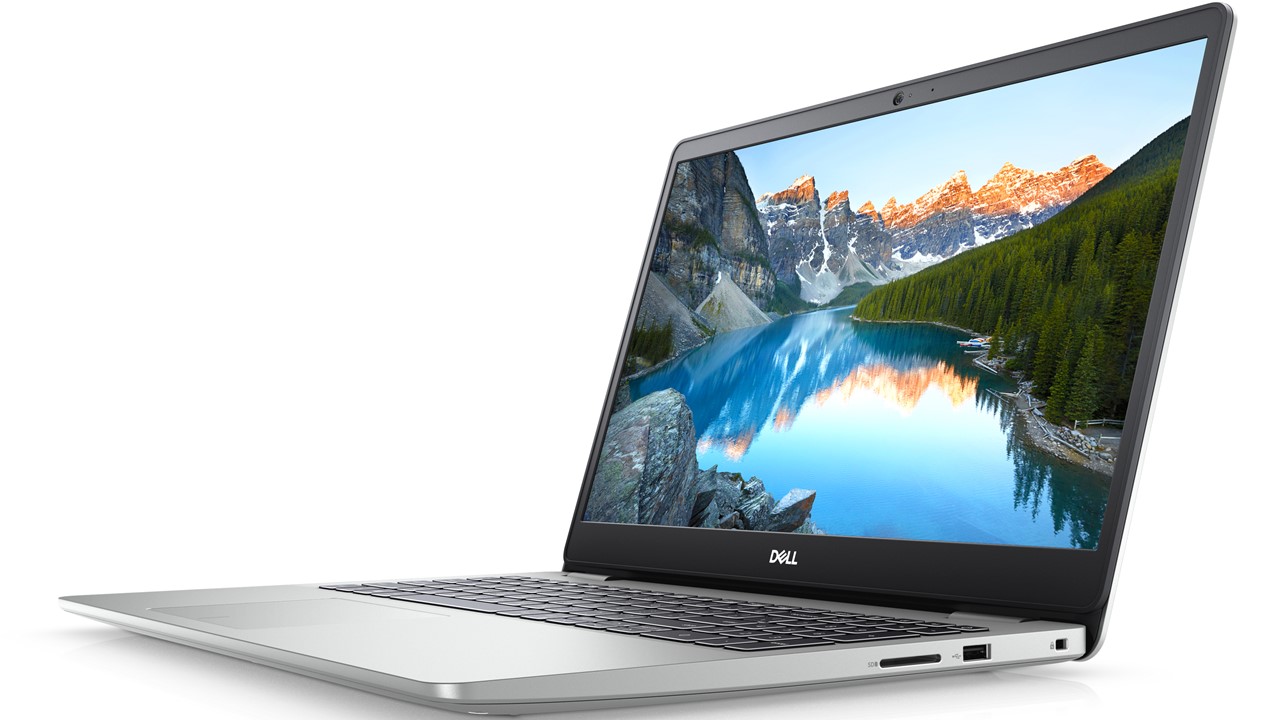
Bottom Line: The archaeology students will find this machine quite useful as it allows smoother multitasking with its large amount of DDR4 SDRAM. With a good power up time, faster browsing, a comfortable and backlit keyboard, and a good touchscreen, this machine ensures a fast performance in any setting.
Key Features
- Screen: 15.6 inches
- Storage: 1 TB SSD plus 1 TB HDD
- RAM: 32 GB DDR4 SDRAM
- Processor: 10th generation Intel Core i7 1065G7
- OS: Windows 10 Home
- GPU: Intel UHD Graphics
Pros
- The RAM and storage of the device are both huge.
- The keyboard is backlit and allows better typing in dimly lit settings.
- The touchscreen quality is good.
Cons
- The system does not come with any optical drive built in it.
- The trackpad is shifted to the left and might cause issues while typing.
- The battery life could have been better.
This laptop is designed to provide you with a high level of performance, deliver quick results with extreme accuracy and responsiveness, and ensure smoother and seamless multitasking, all needed by the archaeology students.
Dell Inspiron 5000 is equipped with the latest 10th generation Intel Core i7 processor, quite a large amount of DDR4 memory, and a huge storage in the combined form of 1 TB SSD for faster boot up and 1 TB HDD for storing a large number of files that can be accessed quickly.
The large enough screen of the device comes with touchscreen support for easy navigation and use.
This full HD display is LED-backlit to save energy while operating. The Intel UHD graphics chip is good and powerful enough to deliver the images seamlessly.
The Windows 10 Home operating system is easy to use by the archaeology students with the expanded Start Menu from Windows 7.
It is also packed with innovative new features that add to its performance such as the Microsoft Edge web browser which allows you to markup the web pages on the screen itself.
You will get a lot of connectivity options in the form of a couple of USB 3.1 Gen 1 ports, a USB 2.0 port, one HDMI port, one RJ 45 port, one media card reader, and a headphone/microphone combo jack.
How to Choose Best Laptops for Archaeology Students?
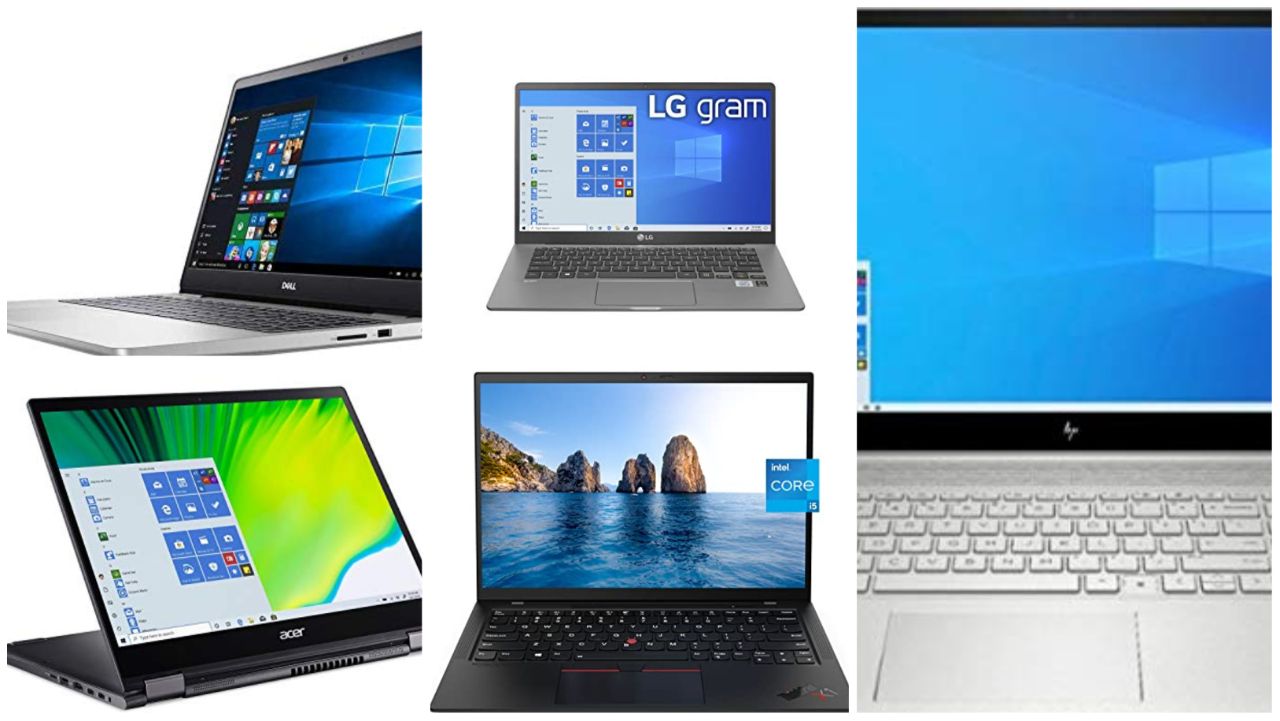
With a gazillion laptops available on the market, and each one of them varying in size, form, and specs, choosing a system that will meet all your needs for studying archaeology may seem to be an extremely difficult task.
Tricky as it may seem, knowing the set of requirements and the specs of the laptop that will meet with each one of them will make it much simpler.
However, it is not required to follow a broad guideline for it. Simply keeping these basic points in mind while buying a laptop for archaeology students will do the job.
Screen
You will be better off if you go for a better, and if possible, a larger screen in your laptop. However, the particular price point will determine your final choice.
Ideally, when it comes to selecting a screen for your laptop, there are three basic things that you should consider. These are the native resolution, the type of panel, and, of course, the size of it.
Typically, a laptop with an IPS display is more suitable for archaeology students, provided the budget permits.
This will provide a wider viewing angle which will make it easier for you to share the screen as well as the content with other students in your group while making a presentation or during a group study.
Next, you should consider the resolution of the screen. Once again, based on your affordability, you should go for a screen that comes with a higher resolution.
However, a full HD screen is most suitable and common nowadays. The images displayed at 1920 x 1080 pixels will be bright and clear enough to view with its minute details.
Finally, consider the size of the screen. If you want your system to be portable, choose a laptop that comes with a smaller screen, ranging between 13 to 14 inches.
If it has a narrow bezel all around, it will look bigger. A laptop with a bigger screen than that will add on to the weight as well as the cost, none of which is desired.
Also make sure that the screen comes with anti-glare property and proper brightness so that you can see the images clearly when you use it outdoors. A screen with matte finish rather than glossy is more preferred.
Remember, a touchscreen is a matter of personal choice though it will add to the convenience in taking notes, drawing, and sketching without the need to use the integrated keyboard and trackpad of the laptop.
Weight
The weight of the laptop for archaeology students matters significantly, especially given the fact that you will need to carry it to your college as well as to different places both outdoors and within your college premises, daily.
This is because the portability of the laptop will depend largely on its weight.
Ideally, a portable laptop should not weigh more than 5 pounds. Go for one that weighs 5 pounds, or even less than that.
The weight of the laptop, however, will depend on the size of the screen, the material it is built from, and even the hardware components inside it.
RAM
For a laptop for archaeology students, more RAM is better, where 4 GB is the absolute minimum.
This will provide you with a decent experience, but going for 8 GB of RAM in a laptop is highly recommended.
This will provide you with enough support when you need to do some multitasking.
However, if your job involves some video and photo editing, you should consider opting for a laptop that comes with 16 GB of RAM.
Remember, even if you are looking for a budget laptop, a piece that has more RAM as compared to others is always better to have by the archaeology students.
Storage
You should choose the storage in a laptop for archaeology studies based on two aspects, your needs and the speed.
You will be better off if you choose a laptop with SSD or SSD cache because these are faster and more responsive as compared to the traditional HDDs.
Irrespective of the amount of storage, SSDs will be quieter and cooler while doing its work most efficiently.
The best part of the SSD is that it will not have any spinning disk inside it and therefore will be less prone to failures and damages.
This makes up for its additional cost because an SSD storage is costlier than an HDD.
Therefore, always prioritize these laptops, if your budget permits.
Yes, you can go for a lower SSD storage of 256 GB, the bare minimum, due to financial constraints, but higher the capacity, the better.
Processor
There is no need to believe that the old generation processors are junk when you shop for a laptop for archaeological students.
In fact, older processors are just fine, provided it belongs to the Core I-series.
These processors work much better, even better than the Pentium processors that belong to the latest generation.
Therefore, if you get an I-Core processor at the same price of a Pentium, be prudent and go with the I-Core variant.
Similarly, if you find a Pentium processor at the same price of an Atom processor, go for the Pentium variant as that will be much better than Atom in terms of performance and produce quick results, even if it belongs to a generation that is a couple of years old.
However, if you want exceptional performance and do some intense computational tasks on your laptop, it is fine to opt for the Core processors that belong to the 7th generation, or more.
An i5 or i7 processor should be fine for doing heavy jobs on a laptop, or else you may settle for an i3 variant.
Graphics card
When it comes to choosing the graphics card of your laptop, a dedicated graphics chip of Nvidia or AMD is preferred.
This will help you to do some graphics intensive tasks on your computer and even play some high-end title games on it.
However, the integrated graphics cards, especially those belonging to Intel HD or UHD category, are also good enough nowadays due to the advancement in technology and their making.
There is one thing that you should remember regarding this when you are buying a laptop for your archaeological studies, and even for gaming.
That is, the VRAM or the amount of graphics RAM is not a very important factor to consider.
Rather, you should concentrate more on the model of the graphics card.
For example, in the world of Nvidia graphics cards, the GTX series is better than the GTS model, and a GTS graphics card is better than the GT variant.
On the other hand, if you wish to go for a laptop with a dedicated AMD graphics chip inside it, be informed that higher the number of their graphics card, better will be its performance, irrespective of the fact that the amount of video RAM in it is low.
Other considerations
Professionals in this field may suggest the archaeology students to consider a few other aspects when they choose their laptop. These pro tips are certainly not to be ignored, if you want to have a better user experience.
In general, you should always go for a laptop that has a bigger, smoother, and a more responsive trackpad.
As for the keyboard, make sure that it is smooth, has decent key travel and tactile feedback, and is preferably backlit.
This will ensure a comfortable, better, and more accurate typing experience, even in poorly lit settings.
If you are knowledgeable about the technicalities of a laptop, then you may go for a machine with DOS.
You can use the ISO file to install the Windows 10 Insider Preview. This is a highly functional version of Windows 10 operating system that comes with a host of useful features.
Do not spend more time and money looking for a laptop that is equipped with a DVD drive in it, of course, if you absolutely do not need it for your job.
Moreover, DVD drives are a technology that is dying and may soon become obsolete.
You should also look for the battery life of the laptop, which, ideally, should not be less than 7 or 8 hours, though more is preferred.
This will allow you to work on it for long hours in your college or outdoors on a single charge. When it comes to checking the battery life, check the number of cells it has.
Higher the number of cells, more will be the life of the battery, though it will also depend a lot on several other components in the laptop.
Finally, choose a laptop that is durable and does not feel like plastic in your hands, though your budget will play a big role in this aspect.
Questions & Answers:
Can Artificial Intelligence be used in a laptop for archaeology students?
Artificial Intelligence is the developing discipline of information and when incorporated in the field of archaeological research, it will help the students to know and avoid the limitations and pitfalls in the process. A laptop with AI will help you to reap the benefits and the full potential of data collected.
How can a laptop help students in computational archaeology at large?
The laptop will allow you to use several different software applications for collecting conventional archaeological data.
This is known as CA or Computational Archaeology. It is only a good laptop that will help you to deal easily with the archaeological informatics and intricate mathematical methods.
Is it required to use a rugged laptop by archaeology students?
Well, it is not mandatory but you will be better off if you do so. As a student of archaeology, you will have to visit different sites, and most of them will not be clean and easily accessible.
A rugged laptop will ensure that your system is not damaged due to dust, dirt, extreme temperature variances, and even bumps and falls.
How important are the connectivity options in a laptop for archaeology students?
Ideally, you should have a strong and stable connectivity in your laptop as you will need to do a lot of research both on and off the field. Choose a laptop that supports wireless wi-fi networking of the latest standards of IEEE or The Institute of Electrical and Electronics Engineers to be better off.



